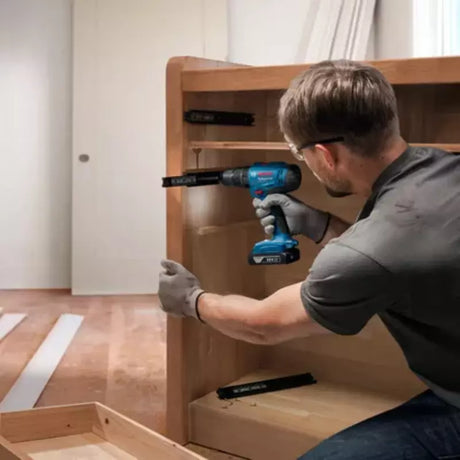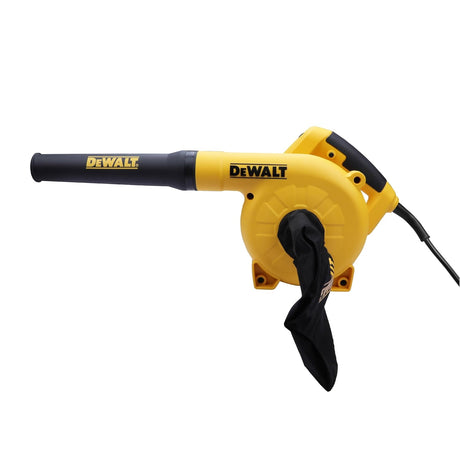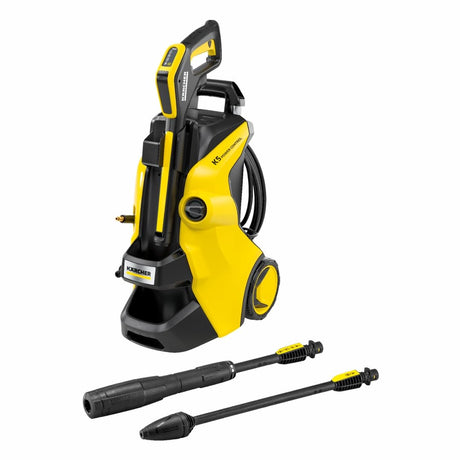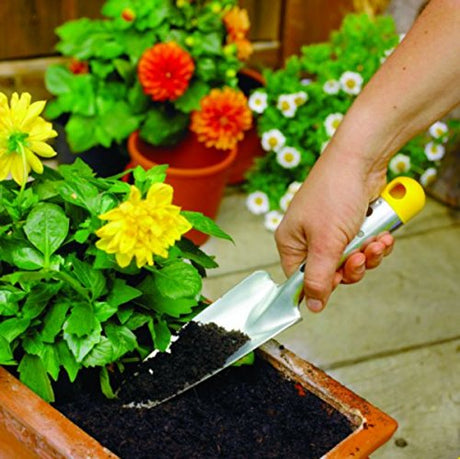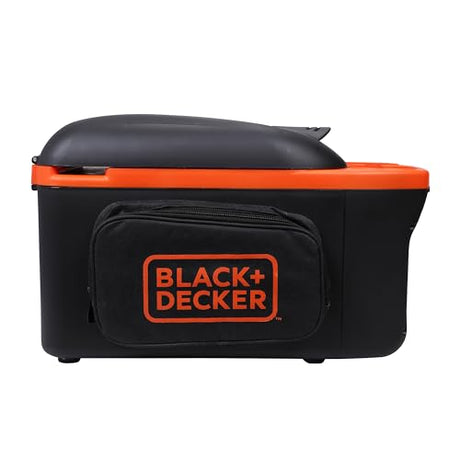DeWalt DT2161B Metal Jigsaw Blades 100Pc
Rs. 7,315.00Unit price /UnavailableDeWalt DT2186-QZ 100mm Wood Jigsaw Blades
Rs. 4,850.00Rs. 7,904.00Unit price /UnavailableDeWalt DT2085-QZ 132mm Metal Jigsaw Blades
Rs. 1,379.00Rs. 1,749.00Unit price /UnavailableDewalt DT2059 101mm Wood-Metal Saw Blades
Rs. 1,539.00Rs. 2,409.00Unit price /UnavailableDeWalt DT2169-QZ Wood Jigsaw Blades 5Pc
Rs. 1,419.00Rs. 2,189.00Unit price /UnavailableDeWalt DT2077-QZ Wood Cutting Blades 5Pc
Rs. 521.00Rs. 759.00Unit price /UnavailableDeWalt DT2163-QZ Aluminum Cutting Blades
Rs. 730.00Rs. 1,199.00Unit price /Unavailable- From Rs. 569.00
Rs. 669.00Unit price /Unavailable DeWalt DT2166-QZ 100mm Wood Jigsaw Blades
Rs. 499.00Rs. 649.00Unit price /Unavailable










